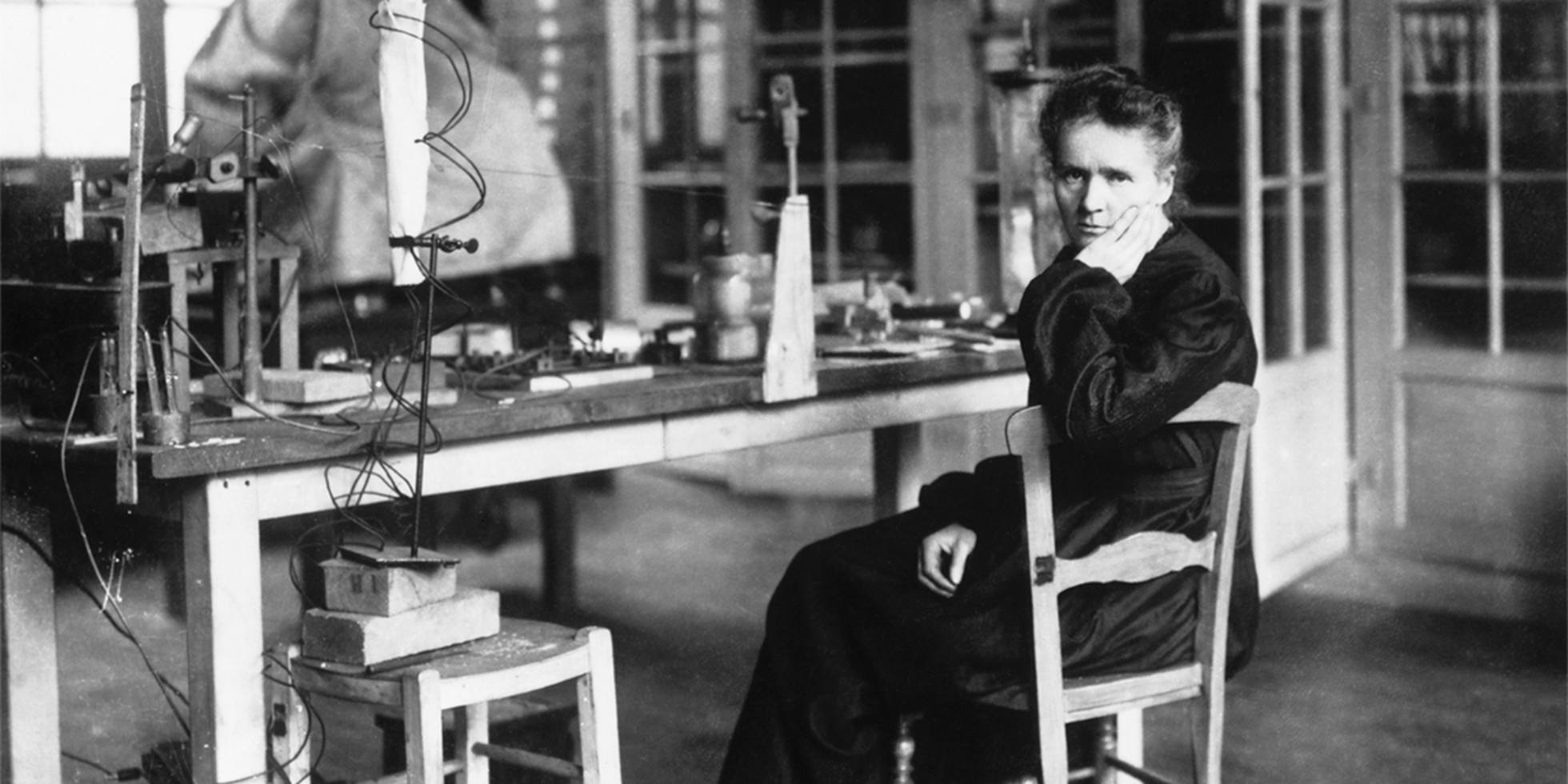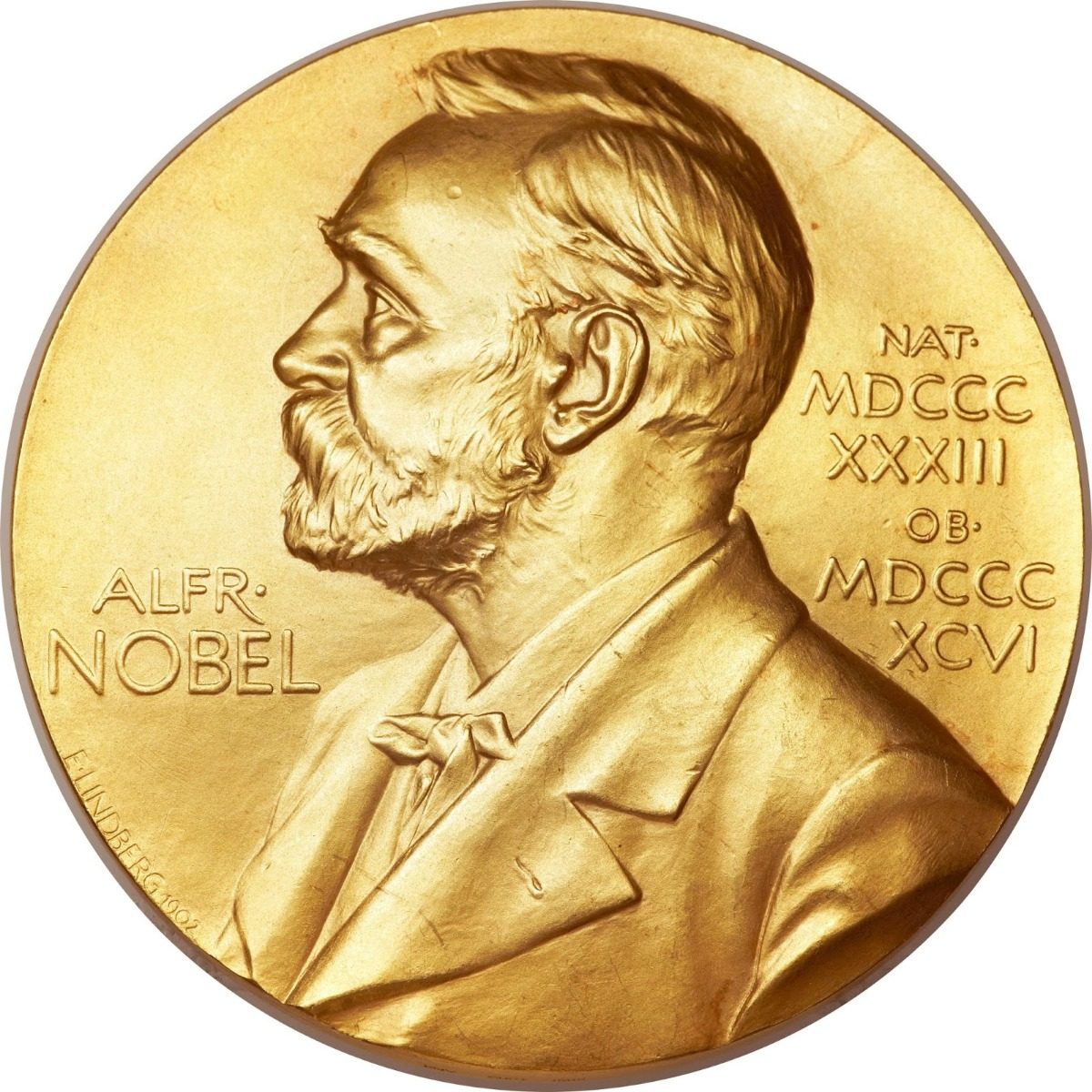
Twentieth-Century Geniuses: Marie Curie
Marie Skłodowska-Curie, or simply Marie Curie, born Maria Salomea Skłodowska on 7 November 1867 in Warsaw (Kingdom of Poland, under Russian domination) and died on 4 July 1934 in Passy, in the Sancellemoz sanatorium (Haute Savoie), is a Polish physicist and chemist, naturalized French by her marriage to the physicist Pierre Curie in 1895.
In 1903 Marie and Pierre Curie (1859-1906) shared the Nobel Prize in Physics with Henri Becquerel for their research on radiation (radioactivity, natural corpuscular radiation). In 1911 she won the Nobel Prize in Chemistry for her work on polonium and radium.
She is an exceptional scientist, she is the first woman to have received the Nobel Prize and, to date, the only woman to have received two. She remains the only person to have been awarded in two separate scientific fields. She was also the first woman to win, with her husband, the Davy Medal in 1903 for her work on the radio.
Part of her experience notebooks are kept at the National Library of France and accessible in digitized form3.
Radioactivity: a physical property, not a chemical one
Marie Curie was first hired by Gabriel Lippman to study different types of steel. You work under limited conditions and therefore look for a person with more possibilities. She goes to Poland for this purpose, in vain. She returned to France, made contacts, inquired and eventually decided to devote herself to the study of uranium rays. You ingeniously use the precision electrometer invented fifteen years earlier by the Curie brothers to quantify the ionization produced by these rays. In this way she studies metals, salts and minerals including uranium and pitchblende. You deduce that it is four times more active and you calculate it twice more active than uranium. The activity of uranium appears to be independent of its chemical form. On the contrary, it only depends on the quantity of the element uranium. You have just shown that the property of uranium rays is a physical property of the atom and not a chemical property: radioactivity. Her work was presented to the Academy of Sciences by Gabriel Lippman on April 12, 1898, less than a year after starting her doctoral thesis.
Discovery of radium and polonium
Marie and her husband Pierre assume that pitchblende's particularly high activity comes from more active elements than uranium. They then developed a radiochemical method to isolate these elements. This idea proved fruitful as it allowed the Curies to discover two new elements in 1898, polonium and radium. This work was presented by Henri Becquerel to the Academy of Sciences and was awarded the Nobel Prize in Physics in 1903, half of which went to Becquerel for the discovery of radioactive radiation, and the other half to the Curies. This is the first demonstration of the existence of radium and polonium atoms, which would otherwise be unstable atoms. This discovery challenges the ancient Greek conception which established that matter was indivisible and eternal, and that therefore a finite number of stable atoms existed.
In 1911 Marie Curie was awarded the Nobel Prize in Chemistry, "in recognition of her services in the advancement of chemistry through the discovery of the elements radium and polonium, the isolation of radium and the study of the nature and compounds of this extraordinary element. "
For the pitchblende reserves from which the physicist extracted the two newly discovered elements, she was able to count on the generosity of the Austrian baron Henri de Rothschild who delivered ten tons of uranium ore from Bohemia. Since this source was then reserved for Austria, Marie Curie had to rely on the French industrialist Armet de Lisle.
Determination of the atomic mass of radium
To determine the atomic mass of radium, Marie Curie dissolved the chloride of radium of known mass, then she precipitated the chloride ions by adding silver nitrate. By determining the mass of the precipitated silver chloride, knowing the atomic masses of chlorine and silver, she was able to deduce the mass of chlorine present in the initial radium chloride, and then determine by simple subtraction the atomic mass of radium.




